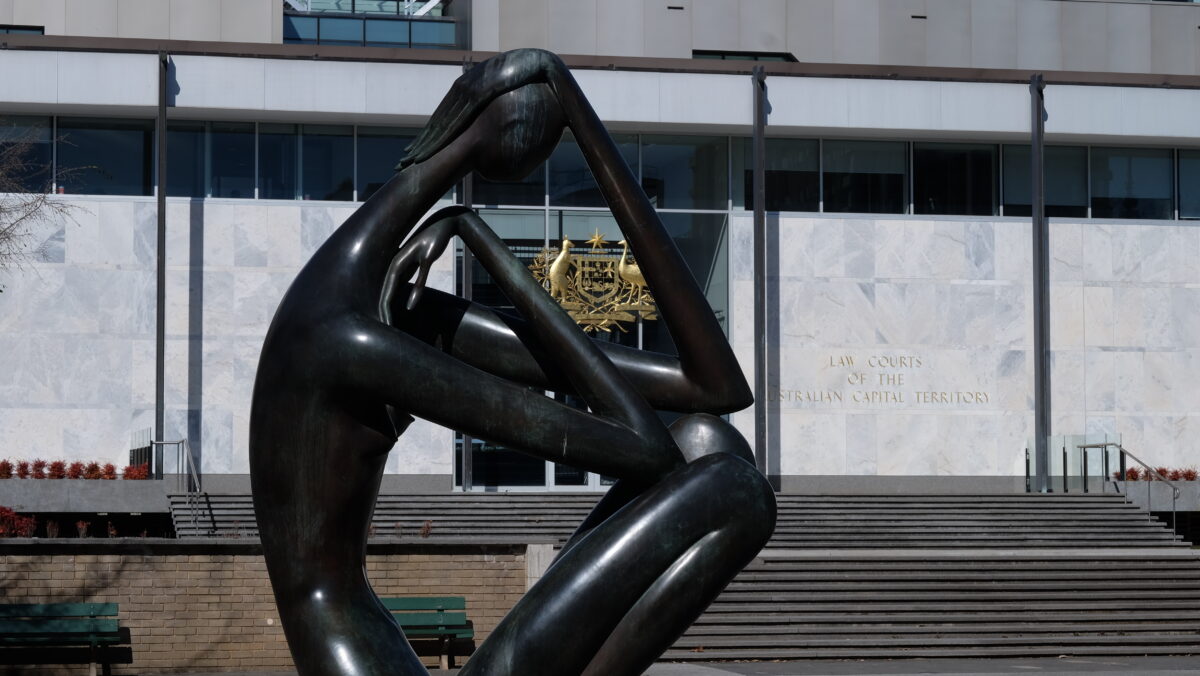While on-campus students are seeing rent hikes of up to 8% this year under its occupancy agreements, those who live off-campus under residential tenancy agreements are protected by legislative caps on rental increases.
Rental increases depend on the type of lease a tenant is under. There are two types of tenancy agreements:
- Fixed term tenancy
- Flexible periodic tenancy
Under Part 5 of the Residential Tenancies Act 1997 (ACT), a landlord is not able to increase the rental rate during a fixed term tenancy, unless measures to do so have otherwise specifically been set out in the initial agreement.
As opposed to the fixed term agreement, for the more flexible periodic tenancy (a month to month agreement, rather than one that goes for a set period like twelve months), the Act provides that a landlord cannot increase the rent more than the “prescribed amount” without the tenant’s agreement or approval by the ACAT. Rent can only be raised a maximum of once every twelve months from the beginning of the tenancy or the last increase, and the tenant must be given eight weeks written notice before the increase takes effect.
This “prescribed amount” set out in the regulations can be explained in simplified terms as the inflation rate on rental prices plus 10%. This is calculated by using the quarterly consumer price index (CPI) figure for the cost of rent in the ACT. The cap applies only to a tenant in a periodic lease and only where they do not otherwise validly agree to higher increases.
If a tenant is in a fixed term agreement which is ending, and they are considering signing onto a new fixed term lease, the new rental rate is part of the negotiation of a new contract, and is therefore not covered by this cap. However, a fixed term tenancy will automatically roll into a periodic one if no new fixed term is signed (in which case, the CPI-calculated rental limit would apply).
When determining whether to allow an increase over the “prescribed amount”, the tribunal has to consider (among other things) increases in the landlord’s costs, the market rate for comparable properties, the increase in rents at the property over the time the tenant has lived there, and the state of the premises.
In a recent case, the landlord of a “build-to-rent” complex in Aranda gave one of their tenants notice that they were increasing their rent from $425 a week to $510 a week, an increase of 20%. This was well above the prescribed amount that would have been allowed at the time the landlord gave notice of their intended increase. The tenant did not agree with this increase, so the landlord made an application for ACAT’s approval.
The landlord advanced two arguments:
- That their costs and outgoings had increased; and
- That their proposed increase would bring the unit into line with comparable properties.
The landlord claimed there were increased costs from interest on their construction loans, as well as increased land rates and utilities bills. The tribunal considered that these costs were for the building and maintenance of the whole complex, not costs pertaining to the tenant’s unit.
The landlord additionally argued that rent should be increased to match the higher rates of comparable apartments. The tribunal’s decision gave guidance on how this should be calculated, stating that it was not their role to determine what the “market rate” would be, but solely to compare other similar apartments.
In this case, the apartment was advertised as a one-bedroom apartment with two parking spaces. The landlord sought to compare the apartment to two bedroom units because he claimed the windowless study area in the unit could hypothetically be used as a bedroom. The Tribunal disagreed as the construction of the unit was approved for construction on the basis that it was a one-bedroom apartment.
Students struggling with a rental dispute can get free legal assistance by contacting the ACT Tenancy Advice Service on 1300 402 512 or making an appointment with the ANUSA Legal Service.
We acknowledge the Ngunnawal and Ngambri people, who are the Traditional Custodians of the land on which Woroni, Woroni Radio and Woroni TV are created, edited, published, printed and distributed. We pay our respects to Elders past and present. We acknowledge that the name Woroni was taken from the Wadi Wadi Nation without permission, and we are striving to do better for future reconciliation.
